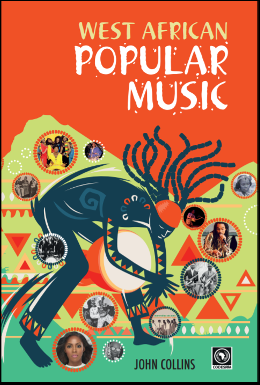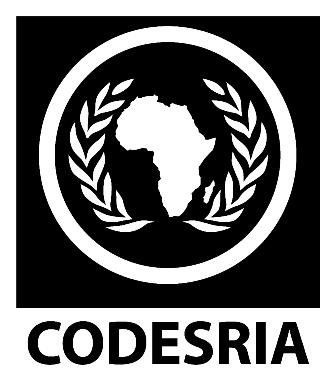West African Popular Music
Synopsis
Forthcoming ...
This textbook for African and other college students consists of four sections that deal firstly with the emergence of West African popular music from the 19th century and then its 20th century development in Anglophone and Francophone West Africa. So, it covers styles as diverse as maringa, ashiko, highlife, konkoma, juju-music, apala, fuji, Afro-Manding music, apollos, wassoulou, mbalax, ndagga, Sahelian desert blues, soklokpeu, ziglibithy, zouglou, coupe décale, makossa and bikutsi – to name a few. The final fourth section is on trends inspired since the 1960s by pop and soul music – and so includes Afrorock, Afrofunk, Afrobeat and other West African popular music forms that draw on disco, reggae, hiphop, rap, R&B and techno-music. The growth of a West African music industry is also discussed, as is the rise of local gospel dance-music since the 1970s, and ‘World Music’ since the1980s. The book examines West African popular music in its historical and social context and as such covers its relationship with traditional African resources, as well as the impact on it of the music and entertainment of the Black Americas. It also deals with the role of popular performance (both music and drama) in the independence struggle, in fashioning national and Pan-African identities and as a medium of social protest and political commentary. Other areas touched upon is the relation of West African popular music to urbanization, generational identity, changing gender roles and globalisation.
Downloads






